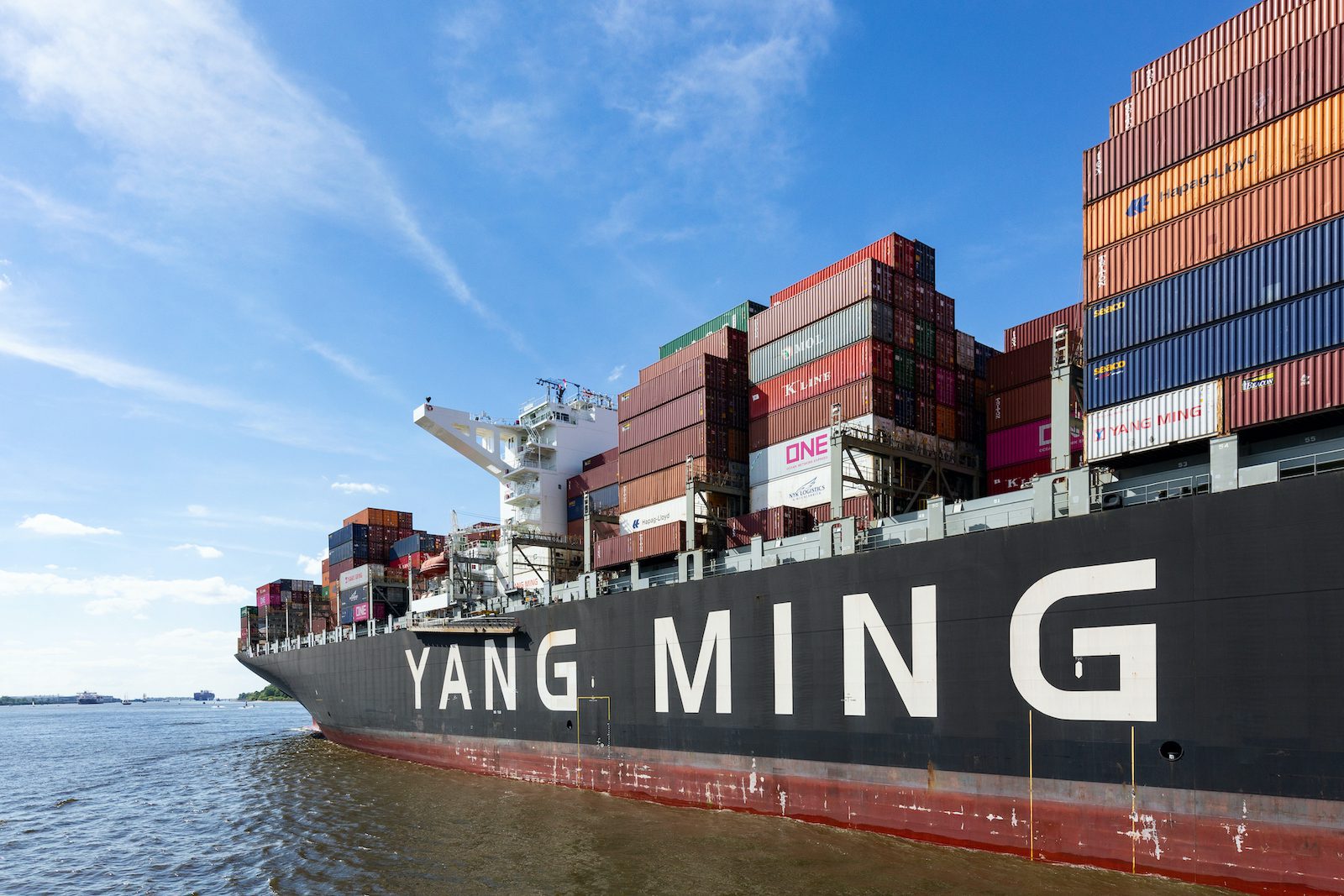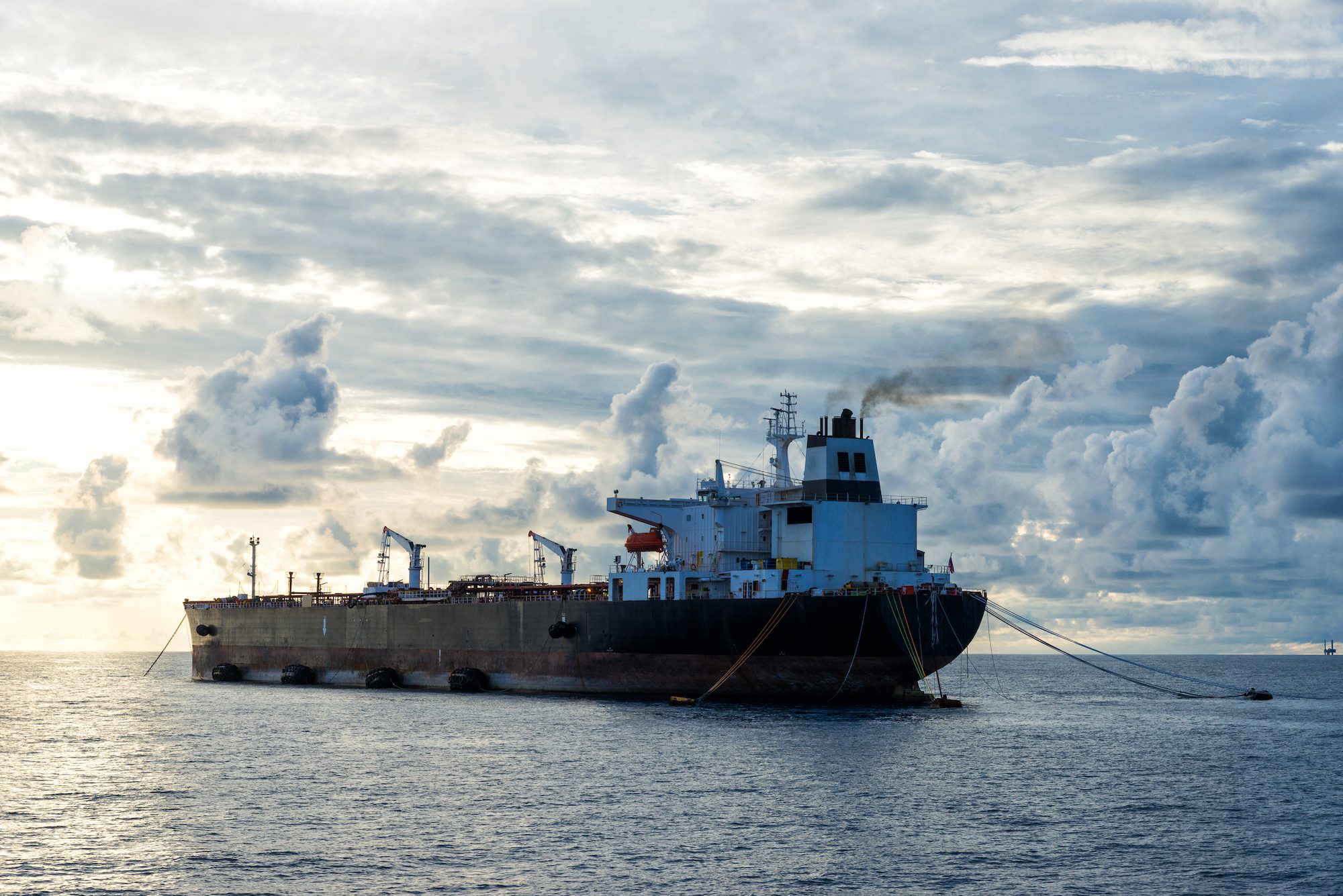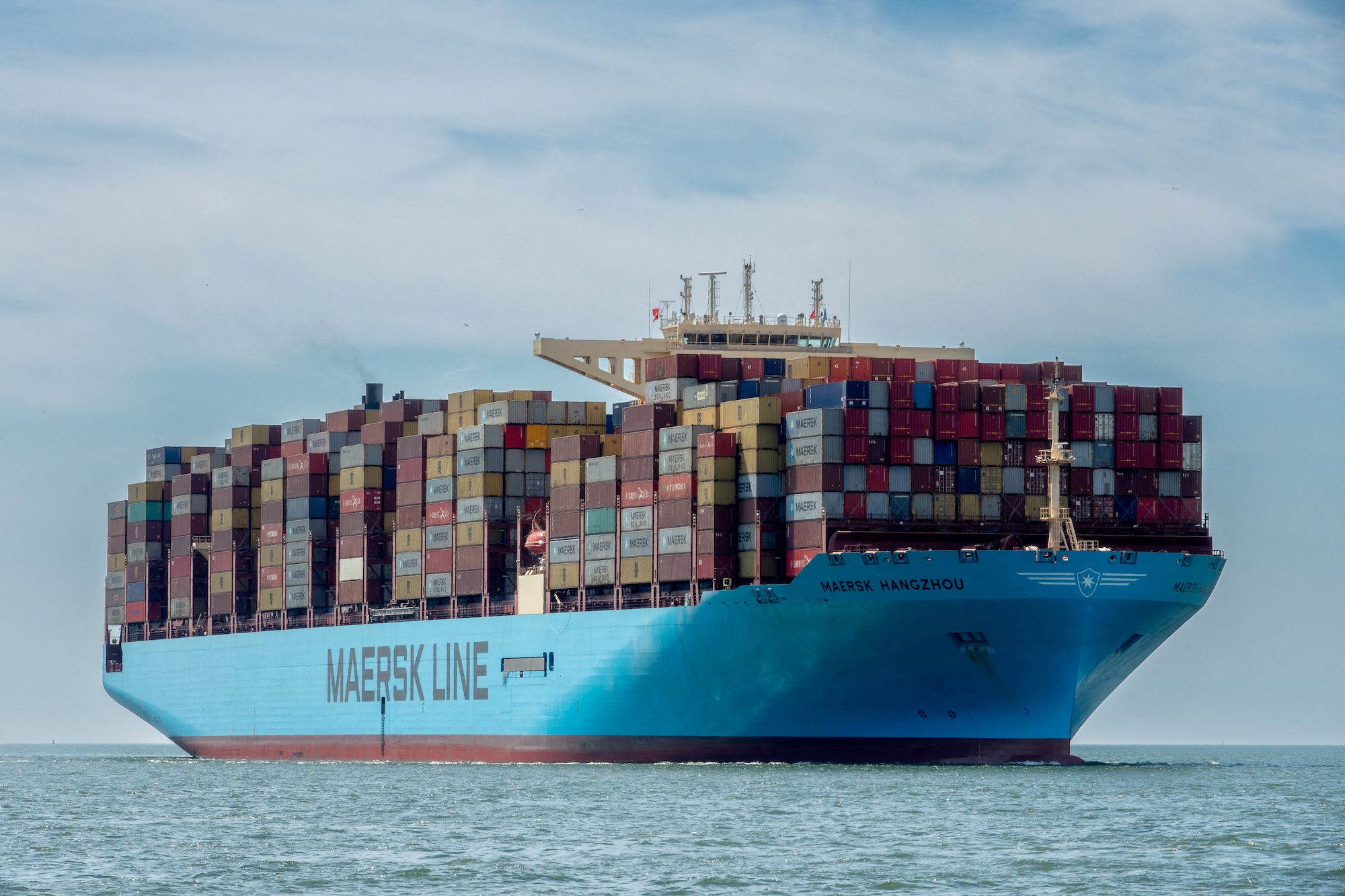By Cindy Wang and Yvonne Man (Bloomberg) —
Port bottlenecks that have increased supply-chain congestion because of the war in Ukraine and lockdowns in China may be showing signs of easing, according to one of the world’s biggest shipping companies.
Currently, the number of ships waiting outside of the ports in Los Angeles and Long Beach have been reduced to less than 40, from more than 100 earlier this year, according to Cheng Cheng-mount, chairman of Taiwan-based Yang Ming Marine Transport Corp. The waiting time for ships at Shanghai ports is two or three days, compared with 10 to 14 days at the U.S. ports.
“I think this is a good sign that the port congestion has been easing” in the U.S., Cheng said in an interview Tuesday. “We foresee in the second half, everything will become smooth. All the difficulties will be easier.”
As for China’s strict lockdowns in Shanghai and other cities to battle Covid-19 outbreaks, he sees the global impact as a “short-term phenomenon” that should be limited to second-quarter operations. He expects Beijing to adjust its Covid policy, and the nation’s economy to rebound in the second half of the year.
Cheng’s view comes as supply chains have faced years of turmoil brought on by trade wars and the pandemic. Russia’s invasion of Ukraine and China’s lockdowns threaten to escalate the disruptions, with many in the industry expecting the impact to ripple globally throughout the year.
While shipping operations are improving in Shanghai and factories are gradually restarting, containers are still piling up in ports because of a shortage of trucks. Once bunched-up cargo vessels start sailing again, logistics experts warn of a flood of containers clogging U.S. and European ports.
Global trade growth is projected to slow to 5% this year from an estimated 10.1% in 2021, according to an International Monetary Fund report.
“I agree that the trade is going to slow down, and this is due to the war in Ukraine, and also delayed demand from Covid,” Cheng said, adding that the global recovery is expected to “take a break” before resuming its growth momentum. “We are rather optimistic.”
Cheng expects measures by the U.S. government to speed flows at ports — such as rules to immediately move empty containers — will gradually kick in and ease the congestion in the second half. Once the logjams improve, he said, it will lead to lower freight rates.
Cheng, who was a former Citigroup Inc. chief economist, sees globalization evolving as trading patterns shift. Supply chains will become more regional and shorter amid rising transportation costs. With tensions between the U.S. and China continuing, supply chains will be split into two systems that each operate “inside a bubble” and navigate away from sanctions.
Yang Ming is the world’s ninth biggest container carrier in terms of fleet capacity, according to Alphaliner’s data. Surging demand amid the pandemic and supply chain crunch helped boost earnings of many shipping companies including Yang Ming to a record last year, and the strong growth momentum continued into the first quarter as freight rates soared.
The company’s sales for the first three months surged 71% from a year earlier, to a record NT$106.7 billion ($3.6 billion). Yang Ming, however, has been rated low in on-time reliability, coming in 13th among 14 major carriers in a February ranking, according to data by Sea-Intelligence.
“Our capacity is fully booked,” Cheng said, “My biggest concern now is how to satisfy clients’ demands.”
A major uncertainty for next year is whether the market can digest the supply of new ships built over the past few years amid an industry upcycle. Growth in supply in 2023 is expected to double from this year, outpacing rising demand, Cheng said, citing a forecast from Alphaliner.
“This is the reason we need to strengthen our financial structure,” Cheng said, adding that the company is watching the issue carefully. “If there is oversupply or decline of freight rates, we will be ready.”
–With assistance from Brendan Murray.
© 2022 Bloomberg L.P.

 Join The Club
Join The Club











